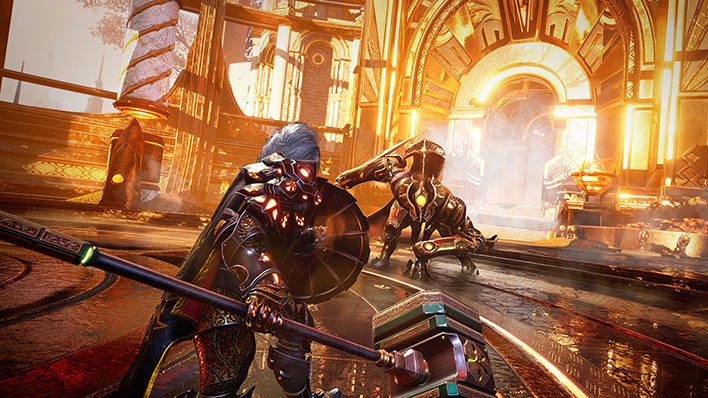AMD FidelityFX Super Resolution And The Problem With Pixel Peeping

Our initial tests with FidelityFX Super Resolution found that its performance improvement on a wide range of hardware is very noticeable while providing comparable image quality to running at native resolution, when using FSR's higher quality modes. However, we've noticed an interesting trend in the enthusiast community that has developed around FidelityFX Super Resolution; and that concerns what we'd call "pixel peeping." You know what we mean; it's when gamers take an in-game screenshot and zoom in as close as possible to decipher any potential image quality differences between frame captures.
Granted, as an enthusiast tech site, we often have to stop games and zoom in on images to quantify differences and to serve as a reference point for you, the reader. However, once we take off our technologist hats and settle in to game on our own, we lock in our settings and enjoy the experience. Check our video coverage above here to see what we mean.
The primary motivation for our analysis is this: can you actually perceive any significant [visual] differences between FSR modes in-game, while content in motion? If you're like us, you likely won't notice big discrepancies between FidelityFX Super Resolution Ultra Quality, Quality and Balanced modes in a live game engine. For example, it's hard to detect much difference in all but maybe Performance and / or Balanced modes, though even Balanced looks pretty good in a game title like Godfall. But again, see for yourself in our live video demo -- and while you're there, don't forget to like and subscibe.

Now don't get us wrong, there are obviously differences between FSR modes and gaming at native resolution, because no matter which way you slice it actual image data is being discarded and then being reconstructed at a higher resolution using an algorithm. But the affect on the game is not exclusively related to image quality. Instead, as our previous benchmarks have shown, there is a huge improvement in FPS across the board with FidelityFX Super Resolution enabled.
So, we must ask this question: Is it worth your time to zoom in with a magnifying lens to nitpick image quality across FSR modes? Probably not, unless we're talking about Performance mode, which sacrifices image quality a bit too much in our eyes to ramp up the frame rates (it is called Performance mode, after all). However, in the other modes, we're just splitting hairs when analyzing the image quality differences, especially with fast-moving game content.
In short, games that support FSR will look good and comparable to high-resolution native rendering, in the Ultra Quality and Quality modes, for most games, and and argument can be made for the Balanced setting as well, depending on the game title. And all of these modes will give you superior performance than running at native 1440p or 4K resolutions. If the improved performance enhances the experience, or better yet, makes a previous-gen card perform at playable framerates, is a bit of image degradation that's almost imperceptible in moving objects even an issue? Sound off in the comments below and let us know your thoughts as well.
* Disclosure: Though this article is sponsored by AMD, the company did not influence our editorial coverage nor did they preview the content before publication.

